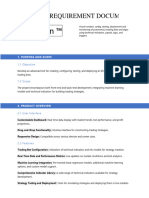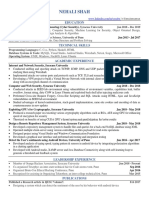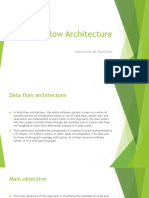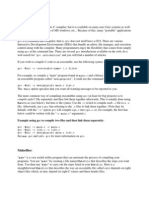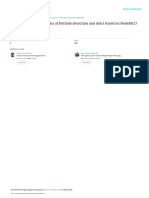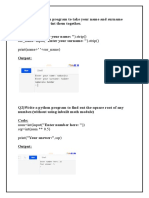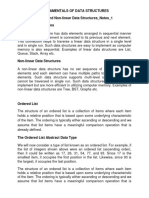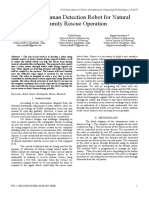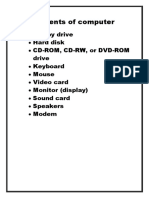0% found this document useful (0 votes)
21 views2 pagesIntern Assignment
The document outlines a comprehensive plan for developing a user portfolio feature, including secure user authentication, portfolio management, and data visualization using React and Python. It emphasizes responsive design, state management, RESTful API development, and database integration, along with security measures and testing protocols. Deployment strategies and CI/CD implementation are also discussed to ensure efficient and effective application delivery.
Uploaded by
jokerharshjokerCopyright
© © All Rights Reserved
We take content rights seriously. If you suspect this is your content, claim it here.
Available Formats
Download as DOCX, PDF, TXT or read online on Scribd
0% found this document useful (0 votes)
21 views2 pagesIntern Assignment
The document outlines a comprehensive plan for developing a user portfolio feature, including secure user authentication, portfolio management, and data visualization using React and Python. It emphasizes responsive design, state management, RESTful API development, and database integration, along with security measures and testing protocols. Deployment strategies and CI/CD implementation are also discussed to ensure efficient and effective application delivery.
Uploaded by
jokerharshjokerCopyright
© © All Rights Reserved
We take content rights seriously. If you suspect this is your content, claim it here.
Available Formats
Download as DOCX, PDF, TXT or read online on Scribd
/ 2








